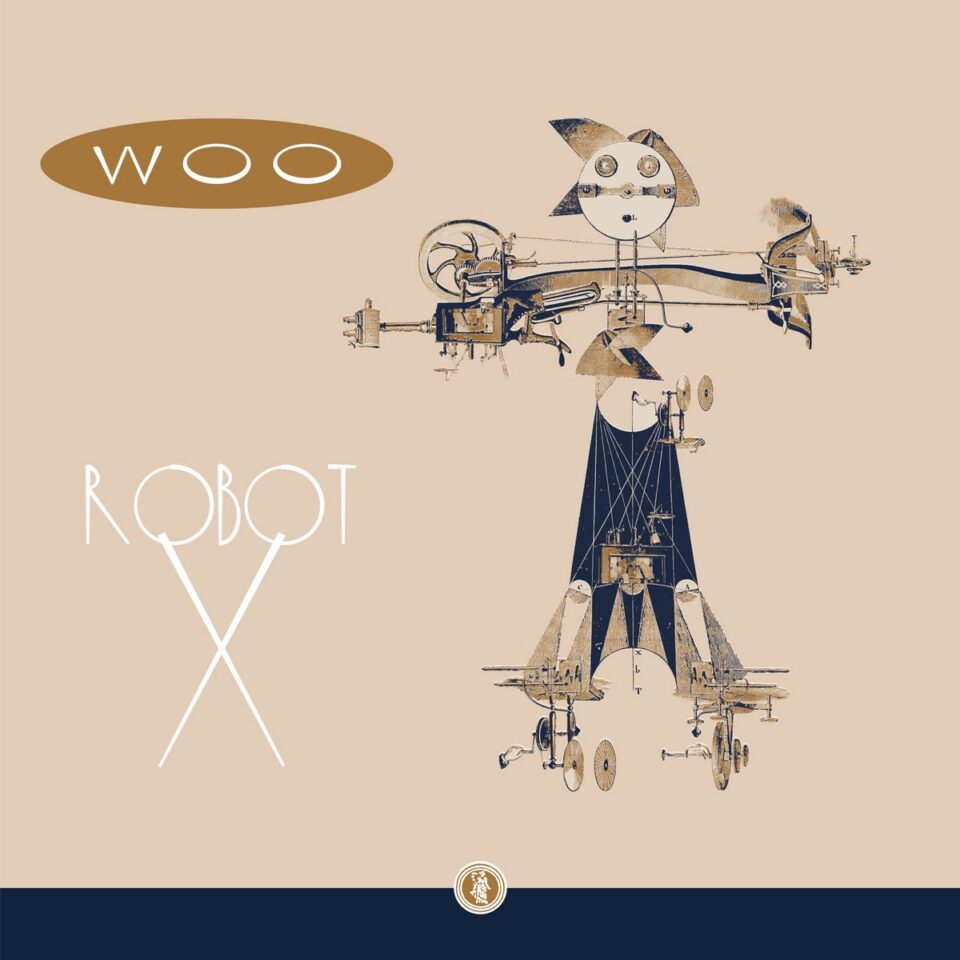If you’re looking for something to keep your ears stimulated while scrolling through images of the new Batmobile—or, more productively, gazing up at the sky on an abnormally warm late-winter night—Stuart Hyatt has prepared the ultimate listening experience for you. The latest in the sound designer’s arsenal of ambient-music-cum-field-recordings is a double LP built around recordings of bats, leading to soothing (if not frequently eerie) contributions from the likes of Mary Lattimore, Kelly Moran, and Temporary Residence labelmate Eluvium.
It’s the Kelly Moran track that we’re premiering today—a particularly nocturnal number fusing manipulated bat samples with plucked piano strings. The resulting composition is the type of modern classicism you’d expect from someone who’s toured as a member of Oneohtrix Point Never’s live band and has worked with a member of Krallice and Gorguts’ reunion band. Not to mention the whole “bats” thing.
Ultrasonic is out May 1st via Temporary Residence Ltd. You can preview the album here, and pre-order it here. Read on for a Q&A with Hyatt and Moran.
Stuart: I can tell you the exact moment this project started: The evening of Thursday, September 13, 2018. I was a chaperone on my son’s fifth grade field trip in the Great Smoky Mountains National Park. On our last night there, we were out on a hike with one of the park rangers. We descended along a wooded trail that opened up into an expansive meadow. As the sky began to darken, the park ranger stopped us and pointed up. We couldn’t see or hear anything. Then she removed from her backpack these little white boxy devices—they resembled vintage walkie-talkies or star trek ray guns or something—we turned them on, pointed them upward, and the sky just exploded into sound. We heard staccato bursts and rhythmic thumping. Everyone stood there, mesmerized, holding the little white devices with outstretched arms.
We were listening to bats. I knew at that moment what my next record would be.
How exactly did the idea to record bats influence the music? Did you shape it around the bat sounds?
Stuart: This is the eighth album in the Field Works series; each one takes a slightly different approach with the integration of field recordings into music. Sometimes I quite literally sample sounds and insert them into otherwise traditional instrumental tracks. Other times the content or meaning of a field recording triggers certain musical phrases or tunings. Occasionally we take a data-driven model, where technical and quantitative aspects of the source audio lead the way to a composition. For Ultrasonic, I just really tried to imagine these mysterious little creatures as my bandmates. I wanted their voices to be the instruments. So I just found composers and musicians whose work I admired and who I thought I could trust to honor and make the most of the source material. I was mostly hands off with all the contributors, really wanting them to dive deep into the recordings and figure out their own ways of making them into new and exciting music.

Stuart Hyatt / photo by Anna Powell Teeter
Kelly, what were your initial thoughts when Stuart pitched this?
Kelly: I thought the idea was really neat—I’ve been influenced by environmental sounds in my work, but have never actually incorporated them into my recordings before, so it seemed like a fun challenge. The way it was presented to me was that the one requirement of the commission was I had to incorporate one of the samples of this bat, Myotis sodalis, into the piece. I could use as much or as little of the sample as I wanted. I was curious to see what would happen when I used a sample as a starting point for a piece because I usually never sample sounds from other people (or animals, in this case) in my music. My starting point is always from the piano, so it was a great exercise to discover what happens when I use another means to initiate the composition.
How exactly did this collaboration work? Did you work together on the track, or were you writing/recording over each other’s work?
Stuart: For Kelly’s track, I just let her run with it. I provided her with all the echolocation source material and a series of simple prompts, and that was it. One reason I chose her to work on this album is the way in which she approaches the prepared piano. Honestly, the few times I’ve experienced prepared piano pieces (in which the pianist inserts objects into the piano or manipulates the structural components of the instrument), I found them inaccessible, academic, even pretentious. Not so with Kelly’s work. She creates emotionally evocative pieces that really resonate with me. This track, “Sodalis,” is all of that and more.
Kelly: There wasn’t really much “collaborating” in the sense of how I usually define that word. (I typically think of collaborations as a back-and-forth, where both parties are actively shaping the material.) Stuart sent me a folder with dozens and dozens of bat samples, and I combed through all of the sounds until I found one that resonated with me. It was this gentle, rhythmic pulse, and I realized I could use the rhythm as a basis for the piece. I took the sample, pitch-shifted it, and also time-shifted it to be in a more ideal tempo for me.
Once I had processed the sample to suit my own timbral and rhythmic inclinations, I started experimenting with different melodic phrases to layer on top of it. Immediately I was drawn to the idea of creating these little, fragmented melodies that would eventually coalesce into one singular, oscillating arpeggio. Once I had created that idea, the melodies emerged out of it and the rest of the piece came together fairly quickly. I used my prepared piano to create the arpeggio and surrounding melodies, and augmented the texture with plucked piano strings and a fuzzy bass synth patch I made on my Prophet 12. After I establish the arpeggio, the bat sample fades out and the rest of the piece takes flight.









